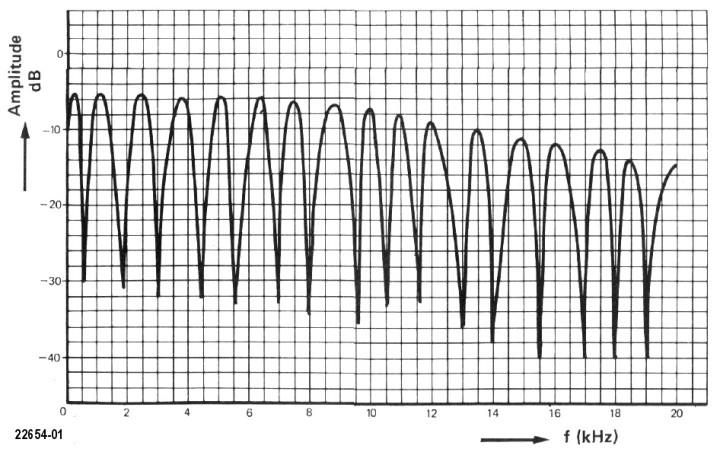Small Circuits Revival (33): Phaser
on
Phaser (1)
idea: Elex-team
Any musician can tell you that a phaser and device is for distorting the sound of an instrument in a very specific way. This distortion can occur in various ways: with a so-called bucket memory, with selectively activated LC circuits, or — as we show here— with frequency-dependent phase shifters in combination with an low-frequency oscillator (LFO).
Comb-Shaped
This creates the phasing effect: at several places in the audio spectrum, certain frequencies are attenuated or "highlighted." We do this by shifting the audio signal in phase and sliding it back and forth on the time axis using an LFO. The summed signal adds the processed signal to the original signal. The result then looks something like the figure below: a comb-shaped characteristic.

In the end, our phaser is all about a special type of filter: the all-pass filter. This is a very peculiar "filter" because it lets through all frequencies unabated! Below you can see the principle scheme of such an all-pass filter.

We can illustrate the operation of this filter as follows. The RC-combination at the non-inverting input of the op-amp slows down the output signal (shifted in time). Besides the frequency of the signal, the value of the capacitor determines the degree of shift. So, an all-pass filter is not so much a filter as a time-delaying element.
A disadvantage of this filter is that from a certain boundary frequency, there is hardly any delay anymore. In the detailed circuit of the phaser, which will be discussed in the next episode (you have to be patient for a week), we have solved that to put the working points of each two filters (the final circuit has six) high in the audio spectrum.
Next week, we'll cover the worked out schedule plus tips for the construction.


Discussion (2 comments)